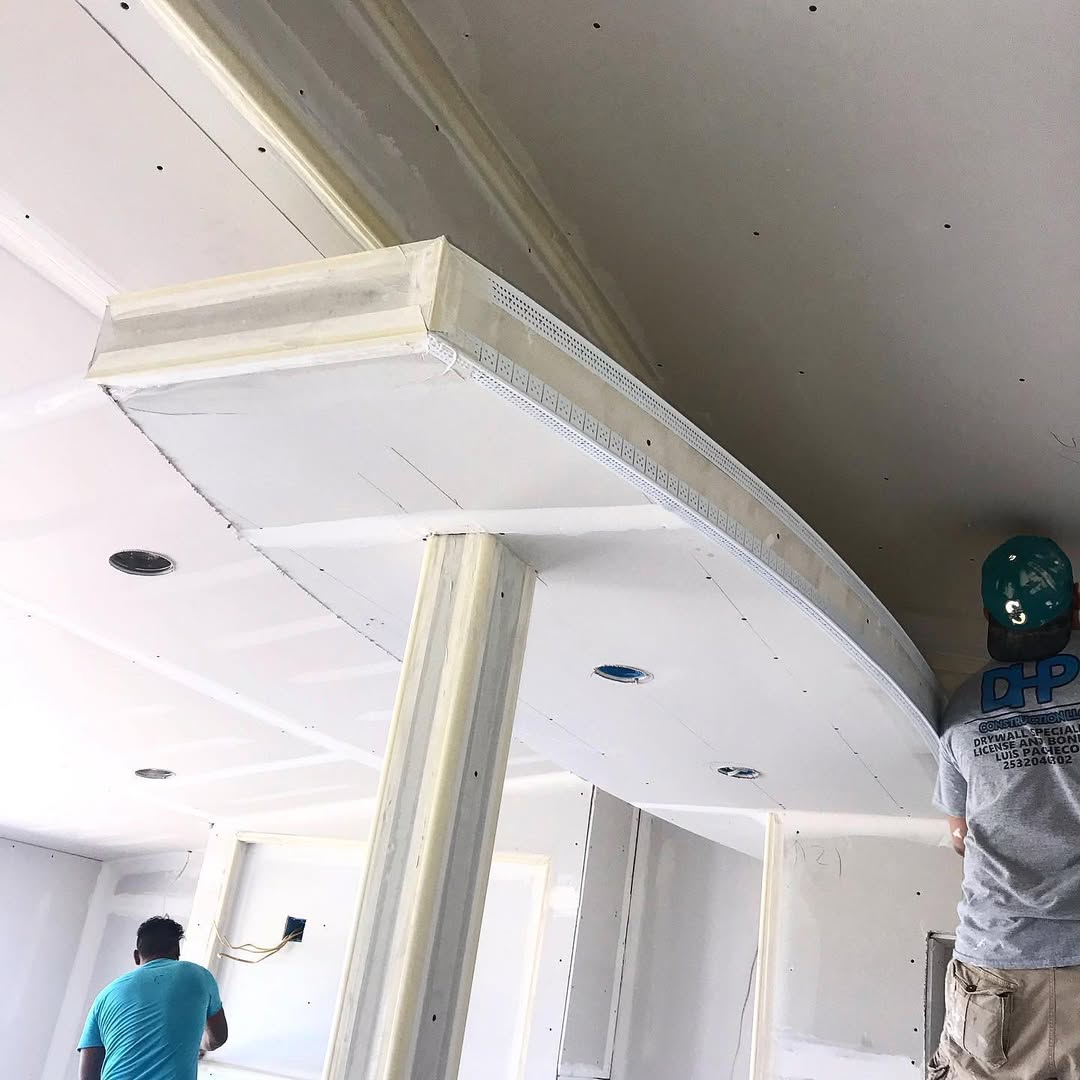
Mastering the Drywall Process: Tips from High Prestige Professionals Sep 24, 2025
Drywall, known also as gypsum board, is used in interiors for walls and ceilings, providing a smooth surface ready for painting or finishing. The installation process requires precision and attention to detail. Before you begin, make sure to gather all necessary materials: drywall sheets, screws, joint compound, drywall tape, a utility knife, and a sanding sponge.
The first step in mastering the drywall process is preparation. Ensure your workspace is clear of any debris and that studs or framing are exposed. Proper measurement is key to a successful installation. Measure your space carefully and cut the drywall sheets to size, allowing a slight gap at the edges to account for drywall expansion and contraction.
Once your drywall sheets are cut, the next step is hanging them. Always start at the top of the wall and work your way down, securing the drywall to the studs with drywall screws. This ensures the sheets are tightly fastened, reducing the likelihood of movement or future damage. It’s crucial to keep the screws slightly below the surface of the drywall without breaking the paper surface, which can compromise the board’s integrity.
With the drywall hung, the next phase is taping and applying joint compound, commonly known as mudding. Use drywall tape to cover all seams and fill in screw indentations with joint compound. This step is essential for creating a seamless look, as it hides the seams and screws that can be visible under paint. Apply a thin layer of joint compound over each seam and screw, smooth it out, and let it dry completely. After drying, sand the surface lightly to remove any imperfections.
Another often overlooked aspect of drywall installation is corner bead application. This is a metal or plastic strip used to define and protect outside corners of drywall, helping to achieve a crisp, professional finish. Attach the corner bead using screws or spray adhesive, and cover it with joint compound to integrate it with the wall's surface.
At Drywall High Prestige, we emphasize the importance of patience and precision throughout the drywall process. Allow adequate drying time between applications of joint compound and avoid rushing the sanding process. This ensures a flawless finish and prevents future problems such as cracking or peeling.
Finally, after ensuring a perfectly smooth surface, it's time to prime and paint. A high-quality primer will create an even base for paint, enhancing its adhesion and durability. This final step not only seals your hard work beneath a beautiful layer of paint but also prepares your walls for years of wear.
In conclusion, mastering the drywall process requires careful planning, attention to detail, and quality materials. By following these tips and trusting in the expertise of services like Drywall High Prestige, you can achieve professional results that elevate your home’s interior appearance. Whether you’re tackling a DIY project or hiring a professional, understanding these fundamentals will help ensure your space is both beautiful and lasting.
/filters:no_upscale()/media/578d9a5c-9233-4e2f-9ddb-a65a84adf65f.jpeg)
/filters:no_upscale()/filters:format(webp)/media/5ae58fe8-dc71-4ad7-b620-26ac4bc58763.jpeg)